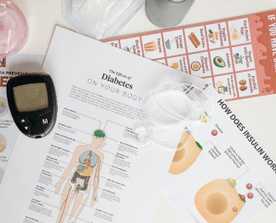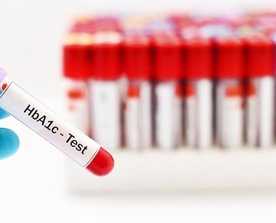
Cardiovascular Safety in Type 2 Diabetes with Sulfonylureas as Second-Line Drugs
Type 2 diabetes is associated with increased risk of microvascular and macrovascular disease, with the risk of cardiovascular (CV) mortality more than double in people with type 2 diabetes (T2D) compared with those without. Sulfonylureas (SU) are potent glucose lowering agents that have been widely used in the management of type 2 diabetes for over 60 years.
The objective of this study was to assess the real-world CV safety for SUs, in comparison with dipeptidylpeptidase-4 inhibitors (DPP4i) and thiazolidinediones (TZD). To do it, the study was performed including people with T2D diagnosed in Scotland before 31 December 2017, who failed to reach HbA1c 48mmol/mol (<6.5%) despite metformin monotherapy and initiated second-line pharmacotherapy (SU/DPP4i/TZD) from 1 January 2010.
The primary outcome was a composite one, including hospitalization for myocardial infarction, ischemic stroke, heart failure, and CV death and as secondary outcomes, each individual end point and all-cause death.
At the end of the study, comparing SU to non-SU treatments (DPP4i/TZD), the findings provided real-world evidence to support the conclusion that SUs prescribed as second- line are safe regarding CV events. However, within-class differences and their action on ATP-sensitive potassium channel (KATP) have suggested that second- generation SUs (pancreatic selectivity) are preferable to first generation.
Given their potent efficacy, microvascular benefits, cost effectiveness, and widespread use, this study supports that SUs should remain a part of the global diabetes treatment portfolio.
SCAC 05/23 DM 043 DIA
It can also interest you
Article
Article
Article

Keep up to date with our content
Subscribe to our newsletter so that you are always up to date with the news.



